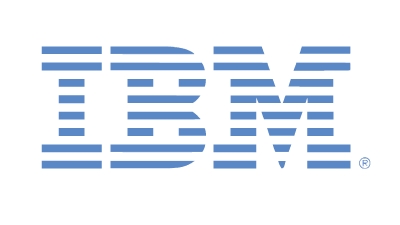Steal The Hackers' Hammer And Transform Your Endpoint Protection Strategy
Submitted by Karine Gidali on

Most ATMs still run on Microsoft Windows XP. If you’re anything like me, that sentence just sent shivers down your spine.
Why? Because Microsoft no longer supports XP, and Server 2003 is headed in the same direction, which means many organizations will remain vulnerable to attackers. The bad guys are aware of that. And while some organizations have worked out a deal with Microsoft to extend service agreements, it makes future security for those running legacy or any unpatched system tricky at best, and dangerous at worst.
Traditional endpoint protection strategies won’t cut it under these circumstances. That's equivalent to leaving your home’s front door unlocked. You don’t want to wait for the crook to walk in, you want to head him off before he ever turns the doorknob.
Attackers in the past almost exclusively sought to use executable files, which were then typically used to install malware. Almost as soon as someone was tricked into clicking a link or file, the attack would commence.
More recently, attackers have turned their focus to utilizing software vulnerabilities like those that can be found in Windows XP, which allows them to structure their attack using legitimate files like Word documents or PDFs. This way, the attacker will lurk in the background while everything looks normal to the user, even though the attacker is preparing to steal data behind the scenes.
Detection and remediation techniques aren’t enough. It’s time to switch your mindset to prevention. Today’s growing threat landscape has led to a rat race of new malware, and it’s impossible for legacy endpoint security to stay up to date with the known attacks, let alone prevent the unknown ones.






